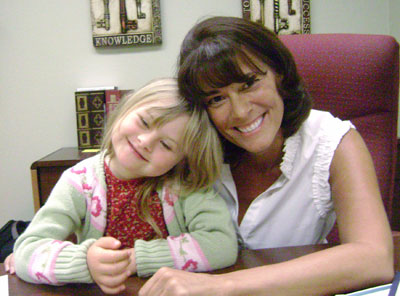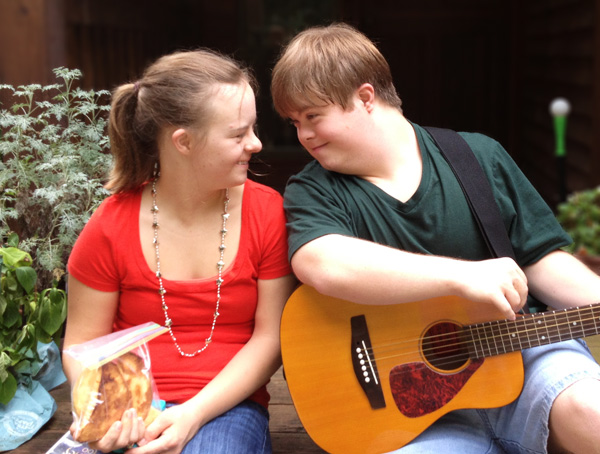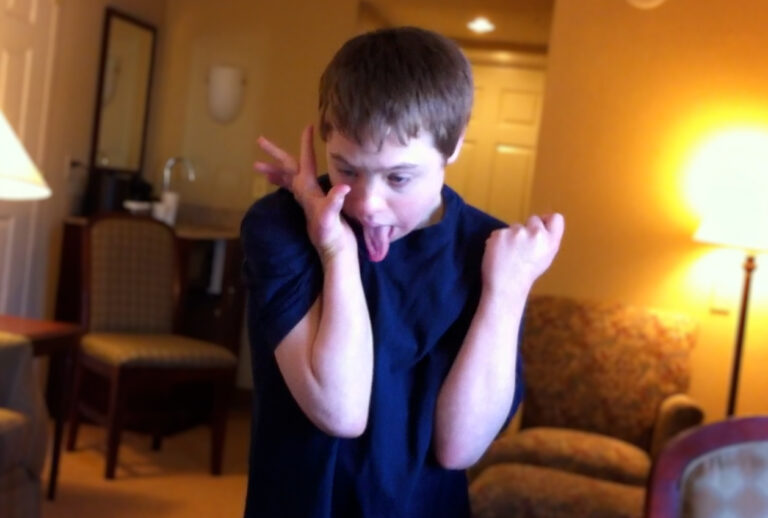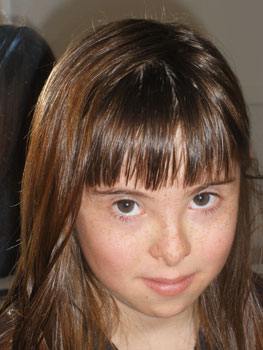Motivation
by Lyn Waldeck

It is that time of the year again. It’s the season when your local health clubs are advertising heavily to convince you that you need to recommit to exercise. It is the time of year that the Container Store runs their sales on products to help you organize. It is the time of year when people share their New Year’s Resolutions and contemplate what they want to do differently in the upcoming year. There are so many things to think about doing better, and all too often it stops there, at just the thought. As you look forward to the upcoming year with your children, do not let it be just a passing thought. Look carefully as WHAT you are doing, HOW you can do it better, and the reason as to WHY you are doing it in the first place.
Starting with the WHAT is the easy part. Actually, as an NACD parent that part is laid out for you. What are you doing? Simply put, you are building a better brain. Each and every activity on your program is designed to do just that. From the very foundation of how the brain learns, some of the activities are designed to normalize the way the brain perceives information from its environment in order to establish the pathways needed for learning. Many of you have to break DSAs (debilitating sensory addictions) in order to help the brain receive the proper information for development. Some of you have to overcome the legacy left behind from fluid in the ears during the crucial early stages of infancy and childhood. Some of you actually have to teach the brain of a blind child to see, or a hearing impaired child to hear, or the child with poor tactility to feel correctly. From there you are also working on increasing the child’s ability to improve short term and working memory’s sequential processing. The sequential processing, or how many pieces of information a child can manipulate and learn from, is the basis for their complexity of thought and global development. From there you are organizing long term memory and developing an advanced and balanced way to visualize (i.e., think in pictures) and conceptualize (i.e., think in words). The reality for the vast majority of you is that life, for whatever reason, has not done this in your child, so you are taking the initiative to see that it happens. And as if that is not enough on your plate, you have to balance this with the day to day duties and responsibilities that you have while maintaining healthy relationships.
The much harder part is stopping and figuring out HOW to do it better. NACD recognizes that this is an area that needs great attention. Because of that we have restructured our staffing, and we are focusing on helping families to be more effective in their implementation, as well as helping them to structure their schedules so that a higher percentage of program can be worked into the child’s life. I can personally remember a time about nine years ago when it seemed like the amount of responsibility on my plate by far outweighed the amount of time in a day, a week, or a month. When Bob made one of his trips to Texas, he challenged me to make a list of all the things that were expected of me from work to family and personal commitments. Then he had me keep a record for a few weeks that tracked my time. After taking a good look at the list and the way I was handling time, there was lots of room for improvement. First of all, it became very evident that there were many things that I needed to be relieved of that someone else could do easily in order to free up my time for the things of greater importance. Some of these things went to other staff members, some of these things got switched over to my children’s chore lists, and some of these things frankly got dropped from the list completely because they were not allowing me to focus on the necessities and the areas of greatest importance. Once the list was chiseled down a bit, I had to take a look and rearrange a few things to get everything in. I found that there were efficient times of the day when activities could be moved around so that everything was covered. It was amazing the amount of peace that followed in knowing that the areas of greatest importance were covered.
Beyond time management there is matter of INTENSITY. Intensity is the “pop” that goes into program that makes the brain take note and change. The reality is that doing program without intensity is NOT doing program. As an NACD rule of thumb, on a scale of 1-10 (ten being the greatest), if either your or your child’s intensity level drops below a 5, take a nap. Doing activities for the sake of getting them off the checklist will only burn you out and make the child cringe every time you get out your program supplies. The fastest way to kill intensity is to drag out duration; so really watch those minutes, and remember that more is not better.
Remembering to take care of yourself should be at the top of your list as well. Moms have an incredible responsibility, and along with that typically comes some pretty high stress levels. Learning to keep your own health and wellbeing on the front burner will help your children more than you realize. If you have not heard the telephone seminar on processing and adults, now would be a good time to do so. For adults there seems to be a decline in efficiency that usually starts out with physiological factors such as diet, sleep, or exercise. With these areas lacking attention, processing begins to pay a price. Processing is crucial in problem solving, so guess what happens next? Problems go unsolved and stress increases, affecting sleep and health…affecting processing…affecting problem solving, and so on and so on and so on. If you are not taking care of some of these basics, then Mama tends to crash. And if Mama crashes the whole house of cards tends to follow after. Look at those schedules, and work in time to exercise and time to relax. Make sure that you are getting enough sleep and make sure that you are providing your body with the nutrition you need to optimize your energy levels. By doing so you are in actuality not just helping your child for today, but you are letting them see how important these things are so that as adults they are able to follow the example that you have given.
Over the next few weeks, think these things through and share your information as well as your areas of challenge with your NACD coach. That position has been established for one purpose: to assist you in making the greatest impact on your children. Some of you may be in adrenaline mode, ready to take on a whole new year; yet some of you may have crashed after facing this last one. Wherever you are in life, it is well worth it to reflect on WHY you came to NACD in the first place. Take a moment to stare into the sweet little face that gives you the reason to strive. It is the same little face that fills you with joy when their eyes light up or they give you that big, deep hug. Know that we appreciate you allowing us the joy of seeing those same little faces and hearing that a child has taken those first steps, or uttered those first words, or aced that math test. Our work is not done until these things are accomplished, and as an organization we are committed to seeing you through what it takes to get there. Let’s all join together to make this a pivotal year in the lives of our children; for after all, they are our future.





